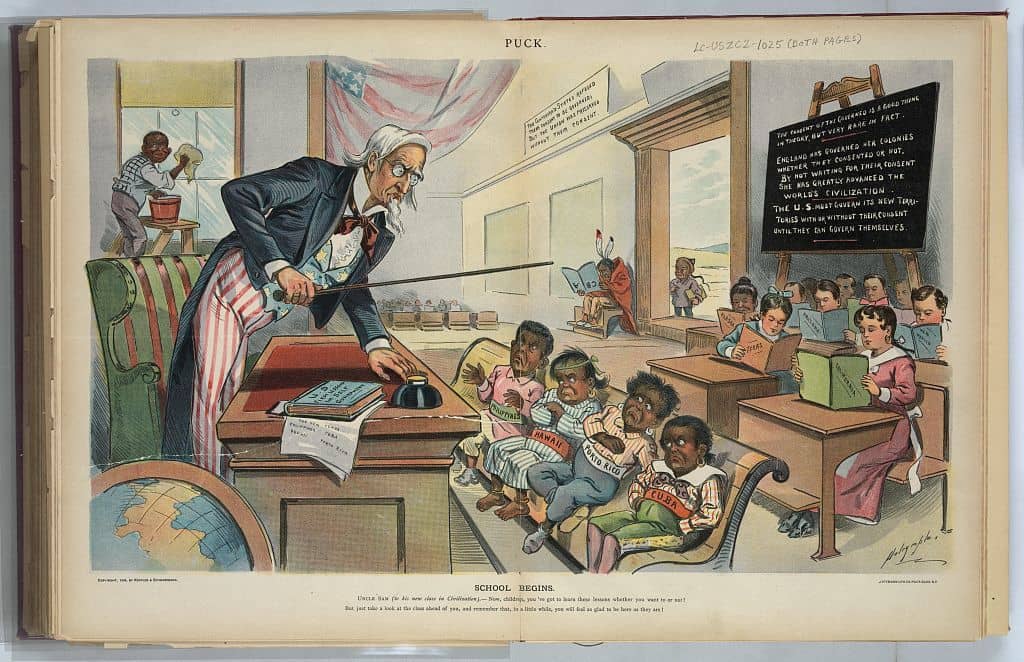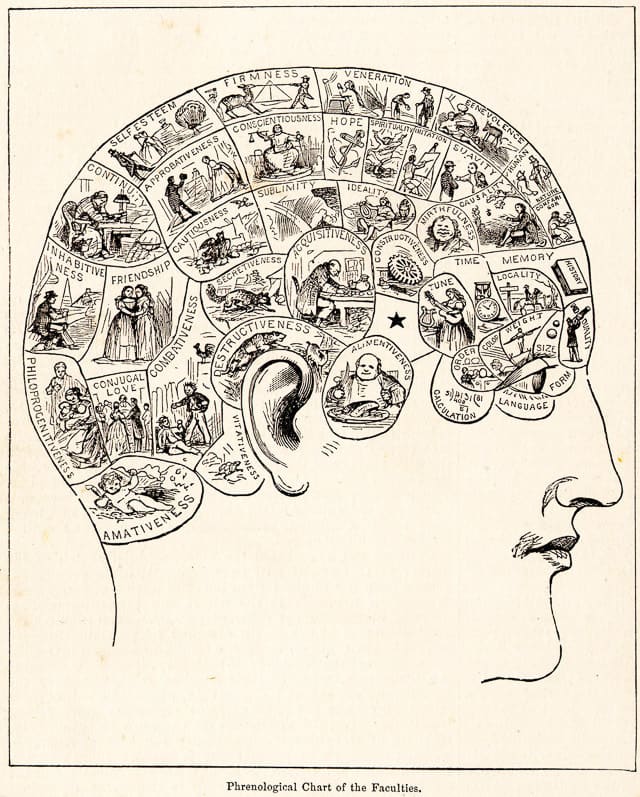Skillful curation is based on skills across Bloom’s Taxonomy – a good grounding in lower order understanding of content, analysis of theme, evaluation of appropriate content and assemblage into a new context (or exhibition). This class will explore how history teachers can be skillful curators – designing engaging experiences where their students can “be the historian.”
This class will open with a lecture / activity that explores three elements of curation: Teacher as curator handout 1MB pdf
- Select the artifacts
- Think like a historian
- Scaffold the content
Assignment 3
See completed student assignments 3 here
Students will curate a small exhibit of at least 3 artifacts. There should be a clearly stated theme and artifact labels and / or explanatory text as needed. Choose to do an exhibit based on any historical theme that interests you. Historical artifacts could include images, audio or video – but all should be in the public domain.
…. Or get creative and choose a theme based on artifacts in your possession – for example how would future museum goers understand three objects from your Star Wars collection or cooking utensils? (if you choose this approach, take photos of the objects you have.)
Please complete your post by Sat 16. All students should look at the other exhibits and leave a comment on at least one. Did you “get” what they were trying to say? Suggestions?
All students should use AdobeSpark to create featured image. It’s a very useful tool for creating striking title slides with public domain content. ( I use them for most of my featured images in this blog). I’ll explain how to use in class.
Image credit: Adobe Spark




